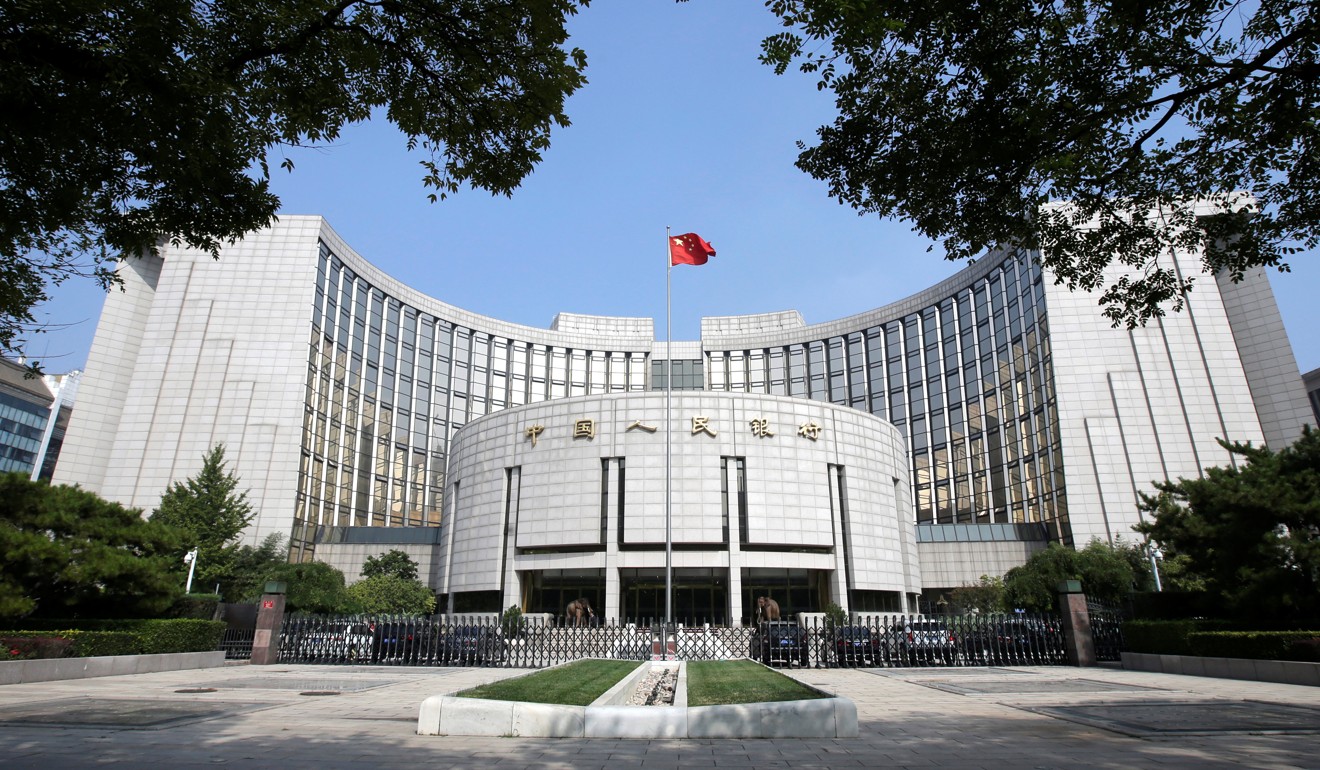
‘Major fiscal surgery’ needed to stop China growth rate dropping below 6 per cent in first half of 2019, economist says
- GF Securities chief economist Shen Minggao offers bearish outlook due to the ongoing US trade war despite last week’s 90-day trade truce agreed between President Xi Jinping and US counterpart Donald Trump
- Impact on exports to be more pronounced in coming months even after deal at G20 summit in Buenos Aires, Argentina
Without a major fiscal policy boost, China’s economic growth could drop below the psychologically important rate of 6 per cent in the first half of next year due to the effects of the US trade war and the expected weakening in the domestic property market, infrastructure construction and manufacturing investment, a prominent Chinese economist has warned.
The downward pressure on the country’s traditional growth drivers – exports and investment – will continue to grow in the period ahead, with consumption needing further support to be able to compensate, according to GF Securities chief economist Shen Minggao.
Shen’s projection is the one of more bearish on the outlook for the world’s second largest economy, which is engaged in a bitter trade war with the United States and is undergoing a painful domestic transition to climb up the industrial value-added chain while shifting to a consumption-led growth model.
The bearish prediction came even as Swiss bank UBS increased its GDP growth forecast to 6.1 per cent on Monday, as it expects to see “a less sharp slowdown in China’s exports and GDP growth” in the first quarter, given the ceasefire between the world’s two largest economies.
“While we do not expect the two sides to reach a grand deal before March 2019, we think the probability of further delays in additional tariffs as the two sides negotiate beyond March 1 has significantly increased,” Tao Wang, the bank’s chief China economist, said in a research report. “As a result, we now expect exports not to slow as sharply in Q1 2019 as originally envisaged, and the full year export growth to be slightly stronger than forecast earlier.”
Shen, the former chief China economist at Citi in Hong Kong, also predicts property investment next year will not repeat the gains of 2018 while financing restraints on banks and local governments will continue, limiting infrastructure investment growth.
To ease growing market worries about a possible bursting of the domestic property market bubble and concern over the rising tide of job cuts at private firms – the major victims of the trade war – the government should make clear its economic plan for next year as soon as possible, with Shen calling for a more proactive government fiscal policy, with monetary policy merely serving a supporting role.
“Monetary policy is like giving an anaesthetic [to alleviate the pain from a disease], but fiscal policy and other structural reforms are like surgery [to cure the disease],” he said in an interview with Chin a Securities Journal published on Monday.
China’s lowest first quarter growth rate was 6.4 per cent in 2009, meaning a drop below 6 per cent would represent a record low since the National Bureau of Statistics started publishing quarterly figures in 1992.
Ahead of this month’s Central Economic Work Conference, which will set out the economic policy course for next year, many institutions are calling for a broad-based tax cut and higher government spending to boost economic growth.
“If the market expects a 1 trillion yuan (US$145 billion) tax cut, it’s better to double the size to shore up investor confidence,” Shen argued.

Also, the central government’s deficit limit should be raised to 3-5 per cent of gross domestic product next year, a strong increase over the 2018 target of 2.6 per cent, he added.
During the 90-day trade truce agreed between Chinese President Xi Jinping and US President Donald Trump earlier this month, Beijing needs to negotiate with Washington on a series of deals ranging from improved market access, to intellectual property protection and reform of state-owned enterprises.
The US has warned that it could increase the tariff rate on US$200 billion of Chinese exports from 10 to 25 per cent if no further deal is reached by March 1.
Chinese exports grew 5.4 per cent in November compared to the same period last year, a sharp slowdown from the 15.5 per cent growth rate in October and well below gain of 9.4 per cent predicted in a Bloomberg survey.
Strong export growth in previous months was partly due to Chinese companies front-loading their shipments so that they would arrive in the US before the increase in tariffs that had been due to come into force on January 1, with this effect appearing to wane in November.
In any case, Shen said the deterioration of the external environment would have more obvious impact on exports in the coming months.

Beijing has endeavoured to offset the economic damage resulting from the trade war by easing monetary and fiscal policies to provide more domestic stimulus, however, it has so far rejected the sort of massive plan that it employed in 2008 and 2009 during the global financial crisis.
While China’s central bank, the People’s Bank of China, has slashed the required reserve ratio for banks by four times and resisted the rate hike pace of the US Federal Reserve, the Ministry of Finance has loosened its purse strings to boost infrastructure construction and the government also cut personal income taxes from October.
Additional reporting by Chad Bray.

